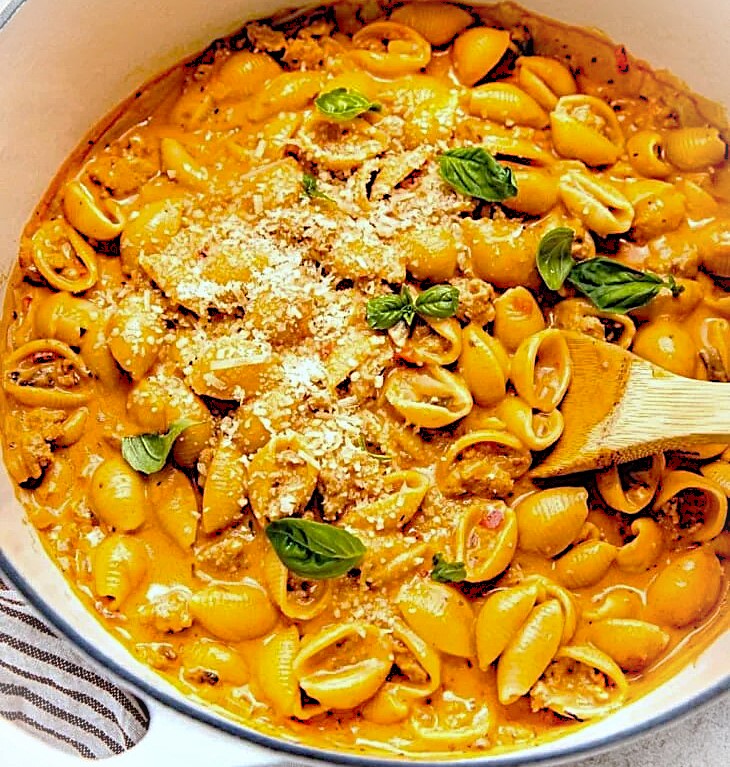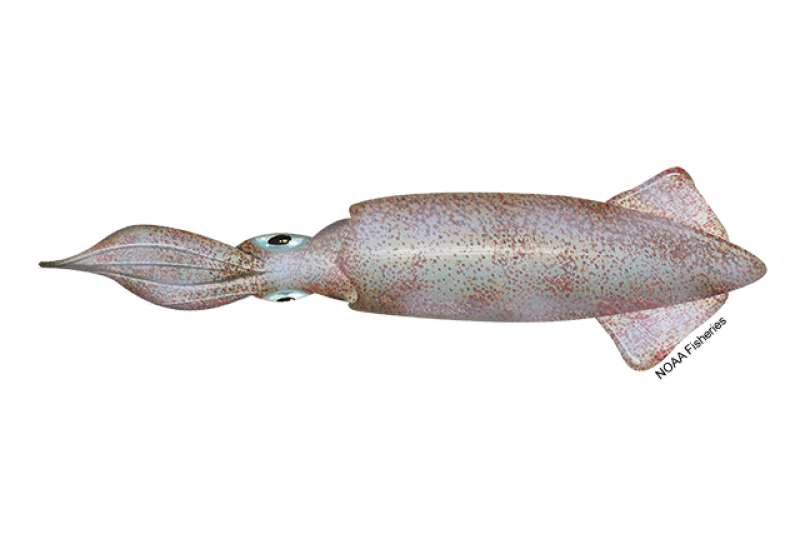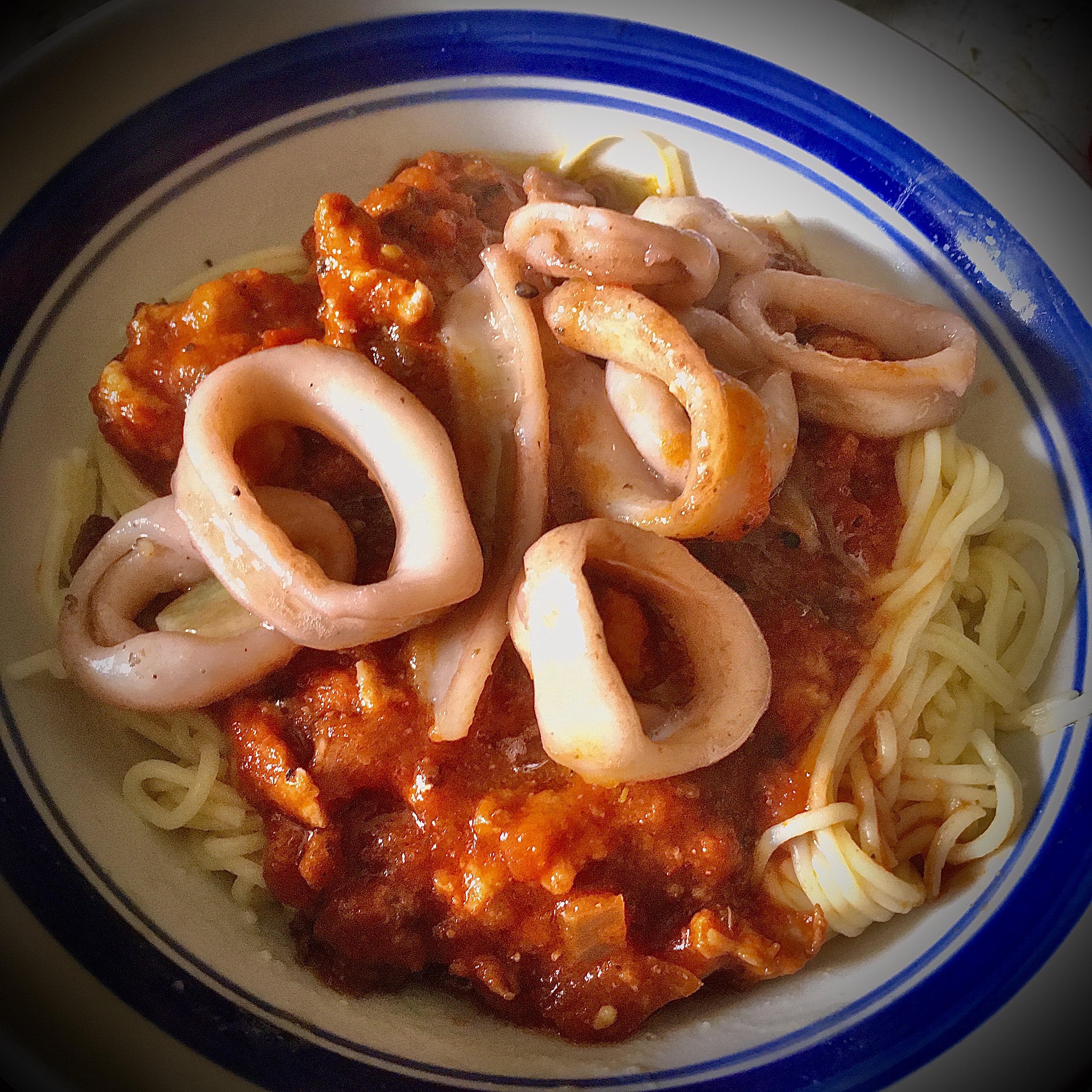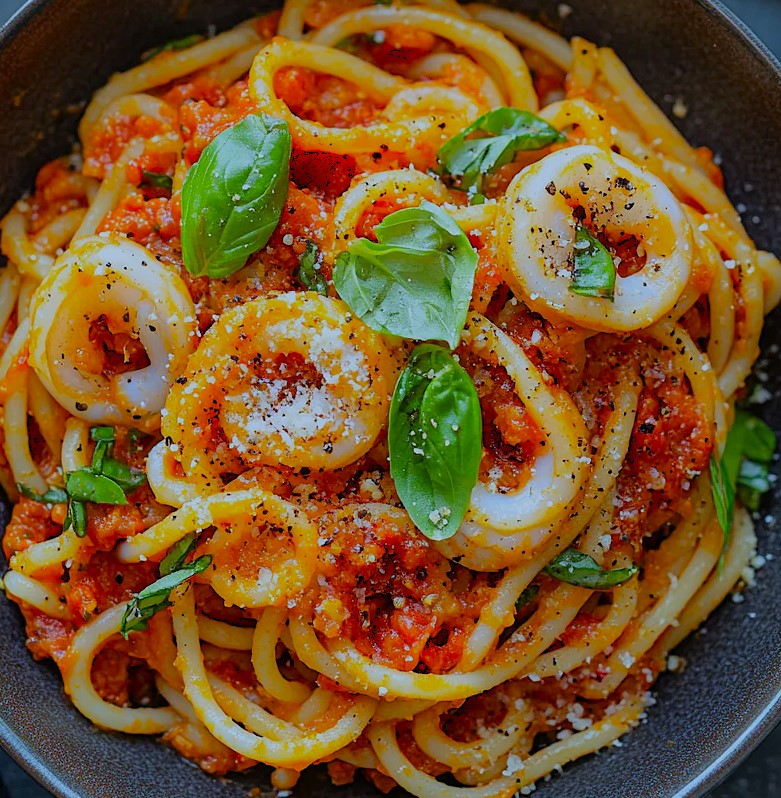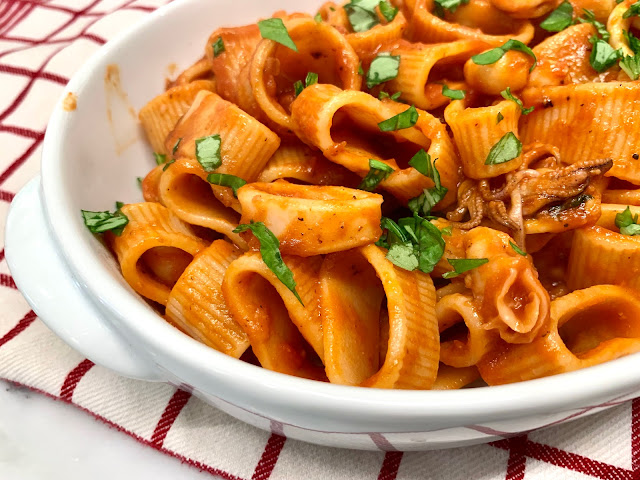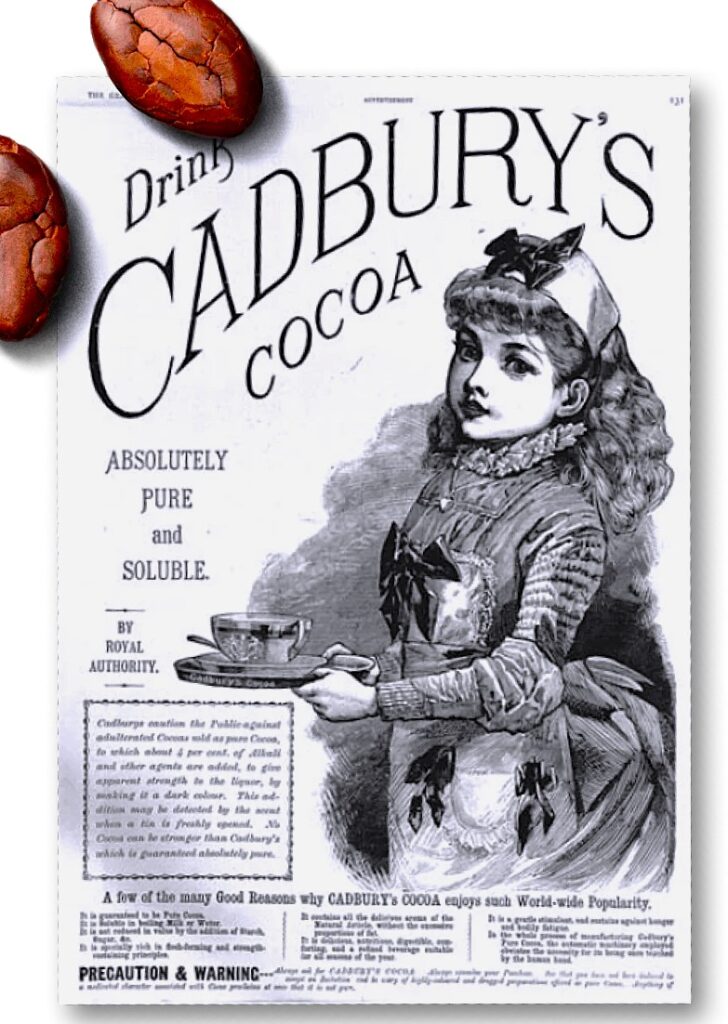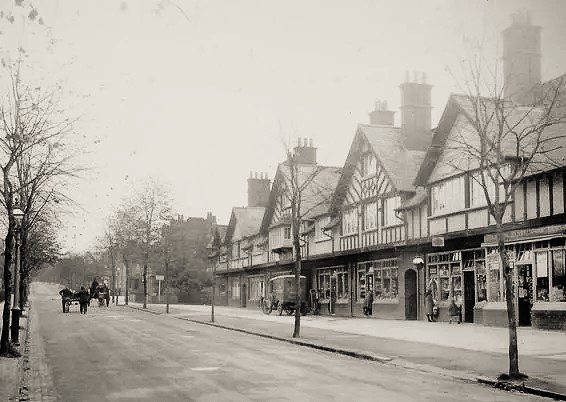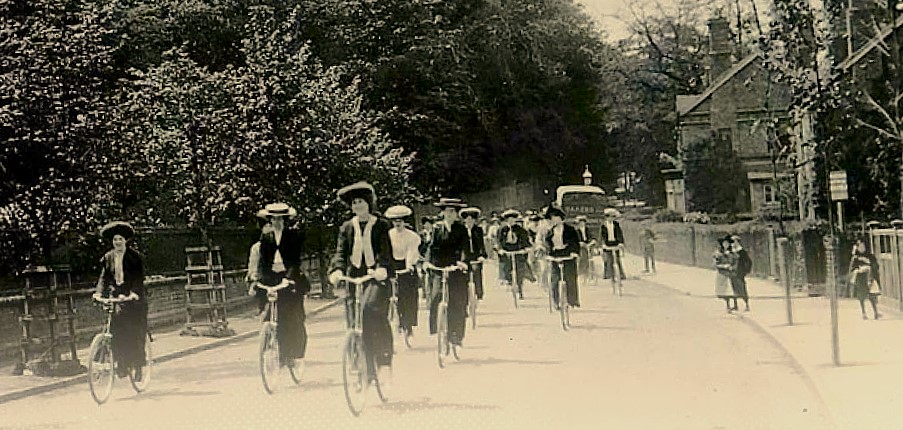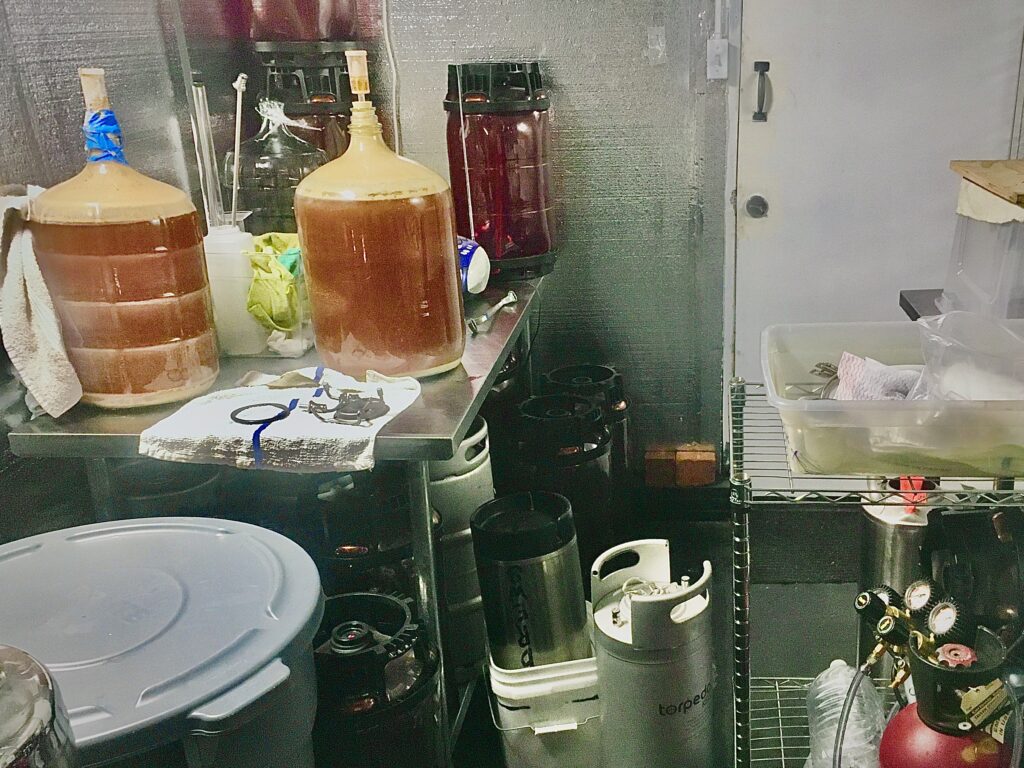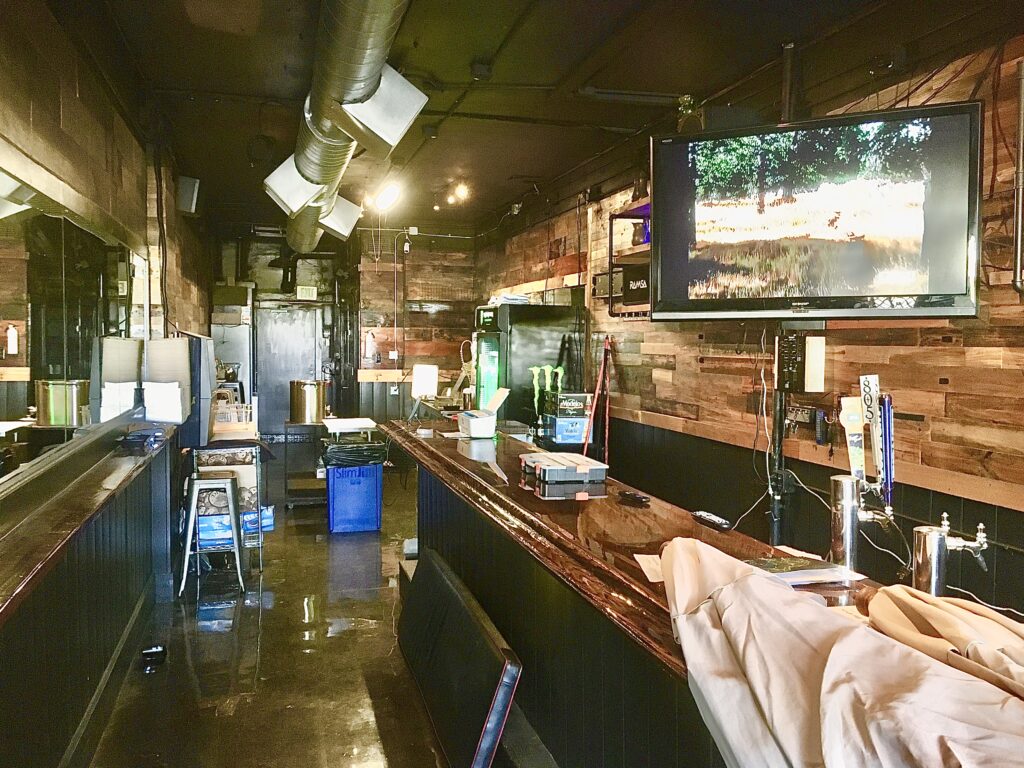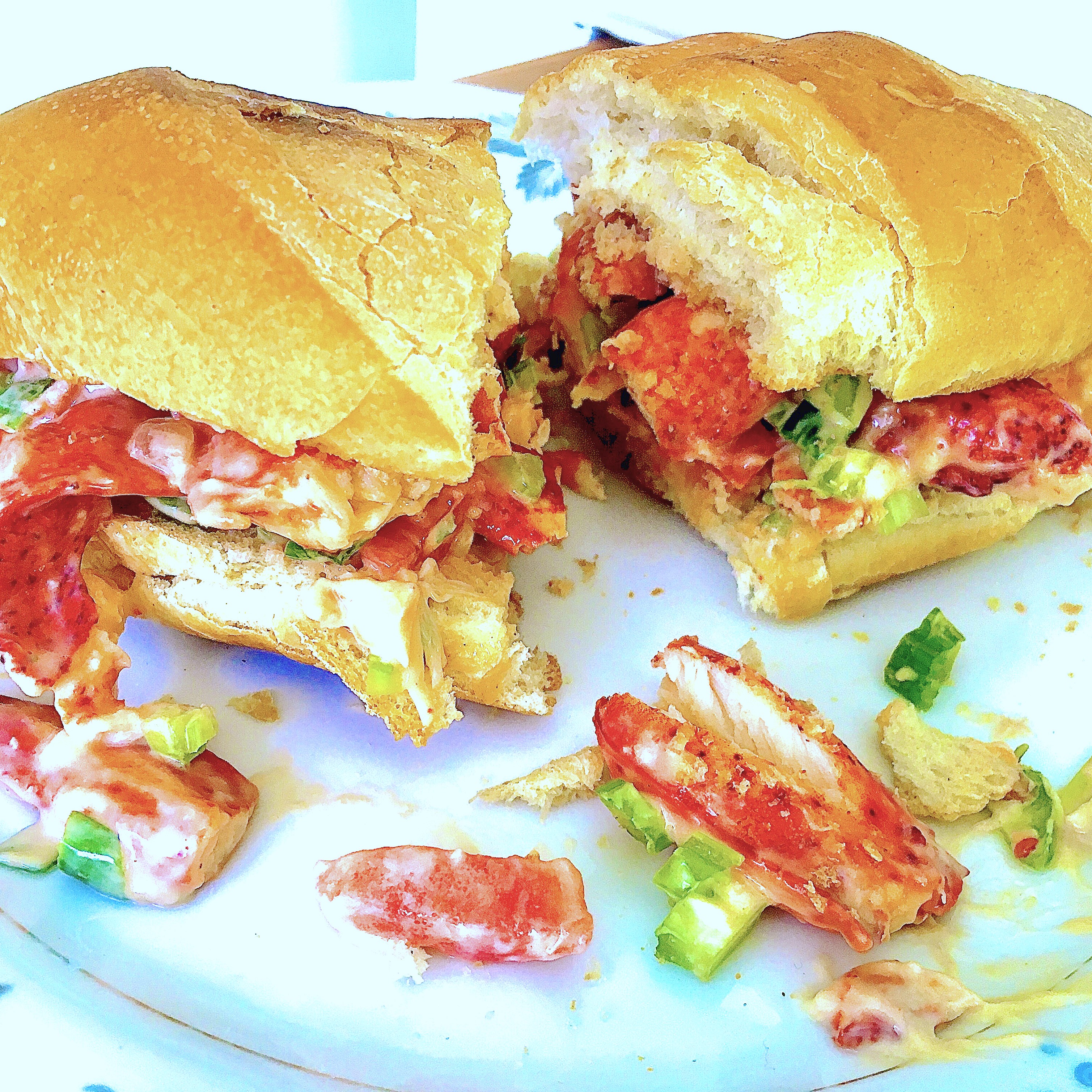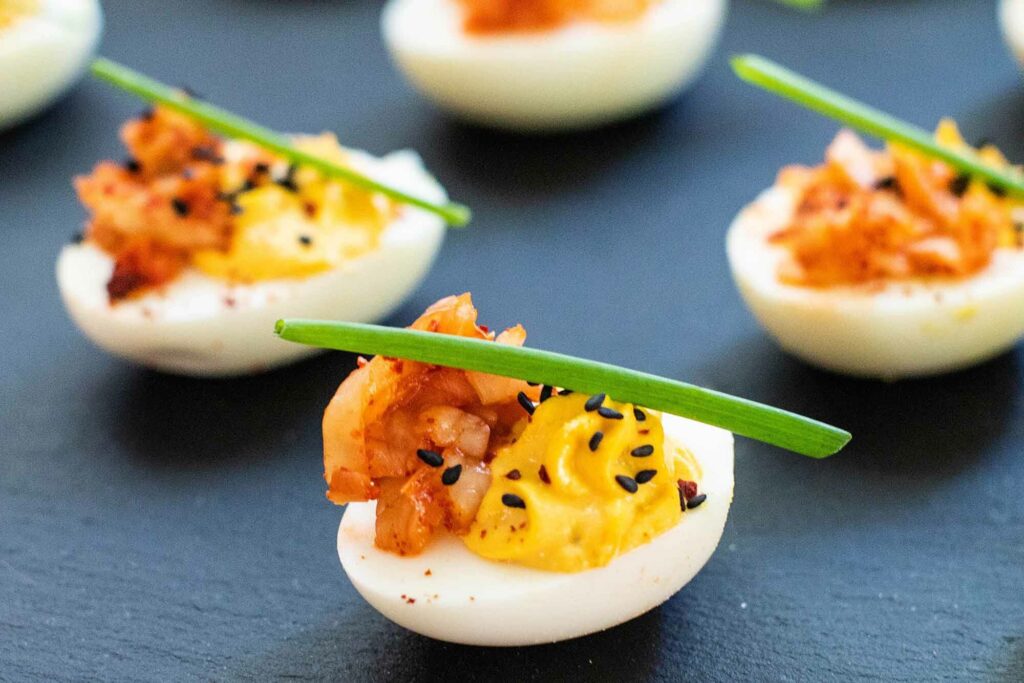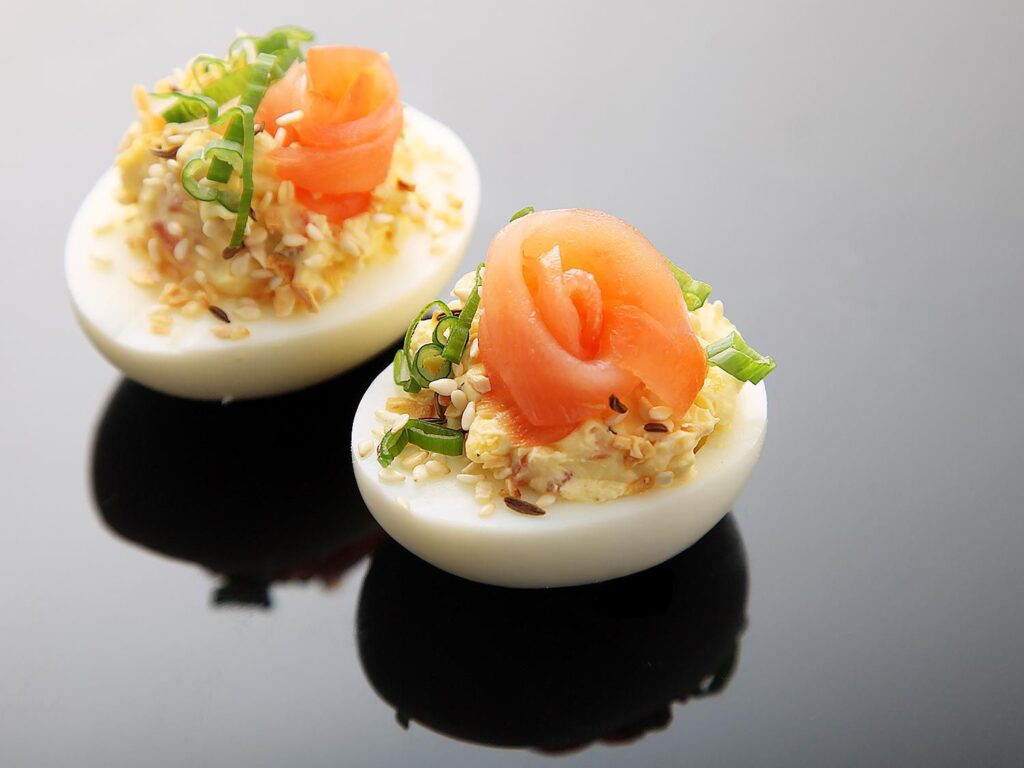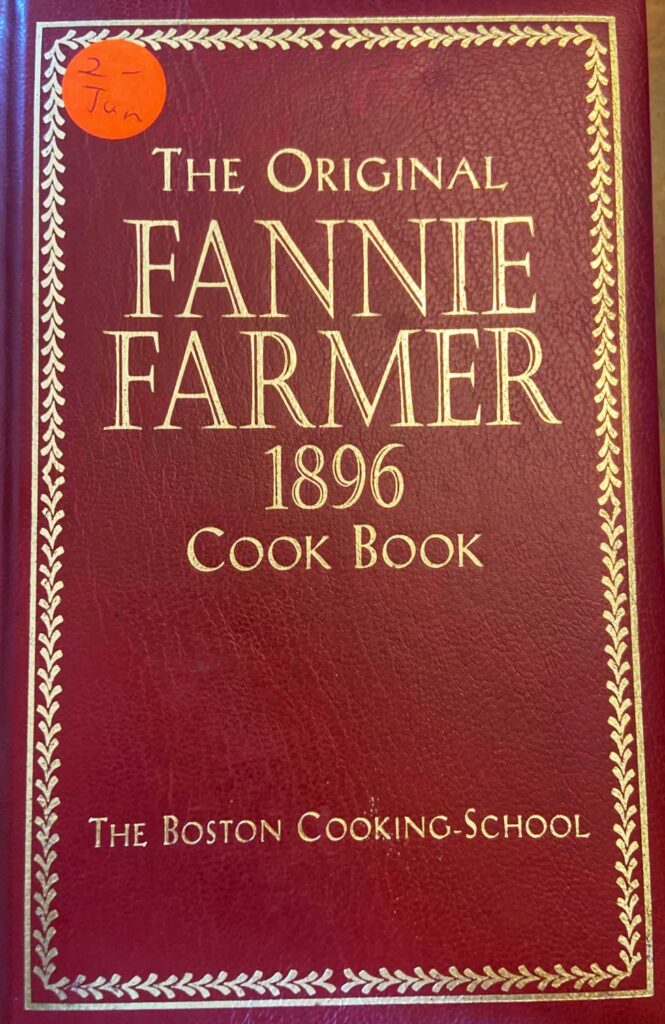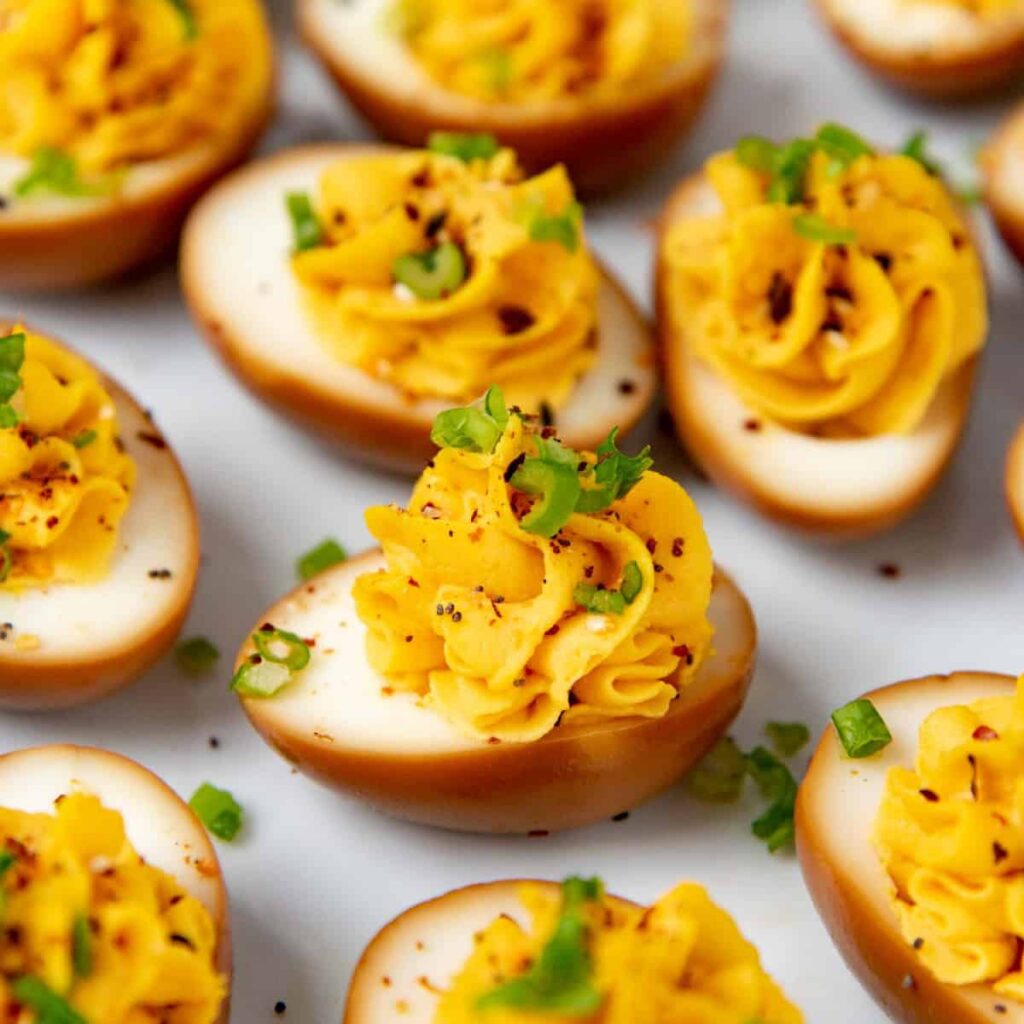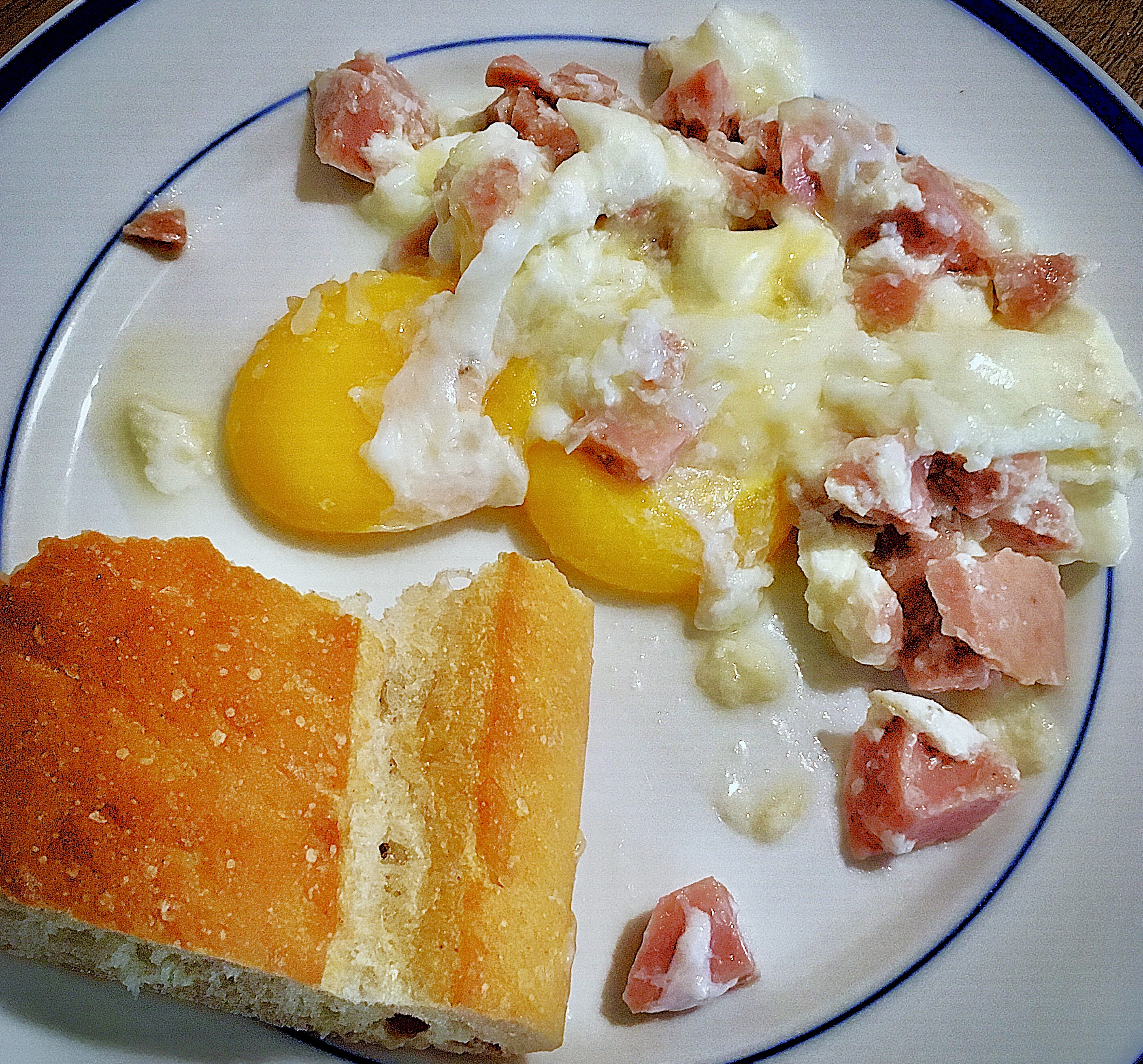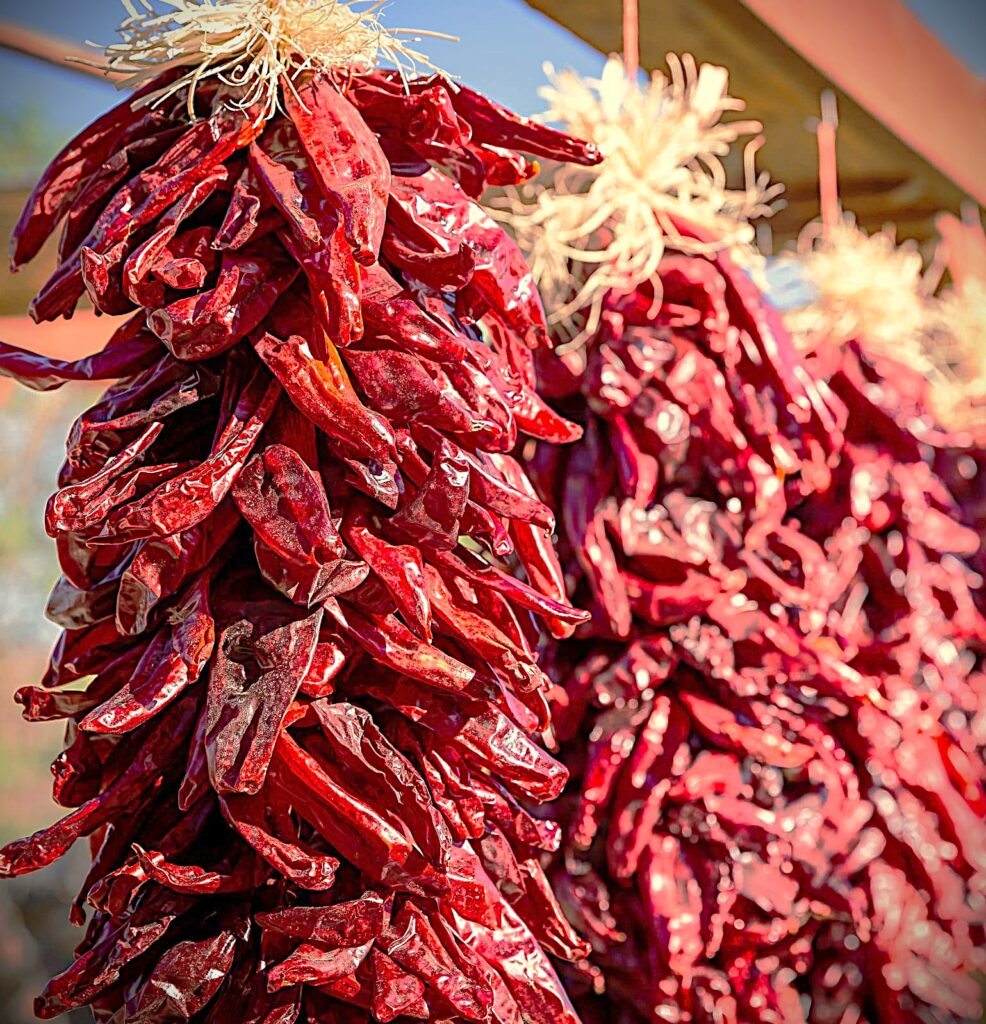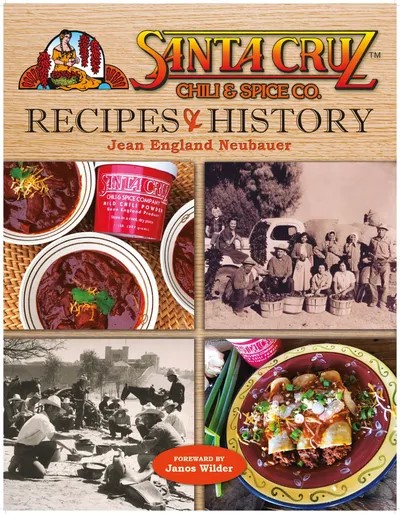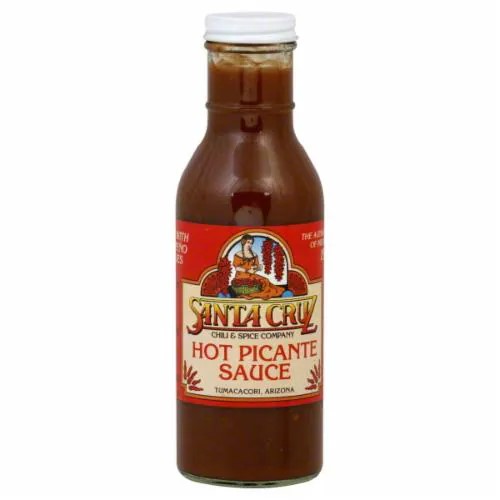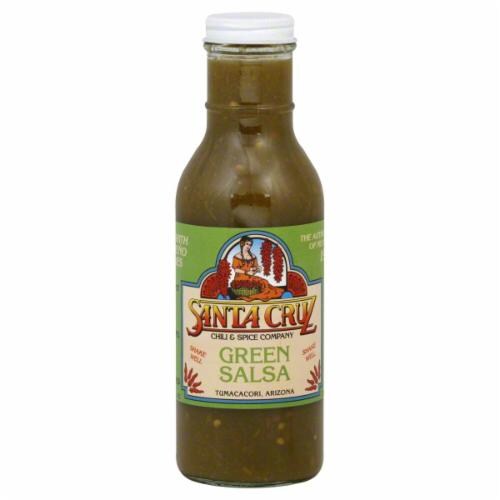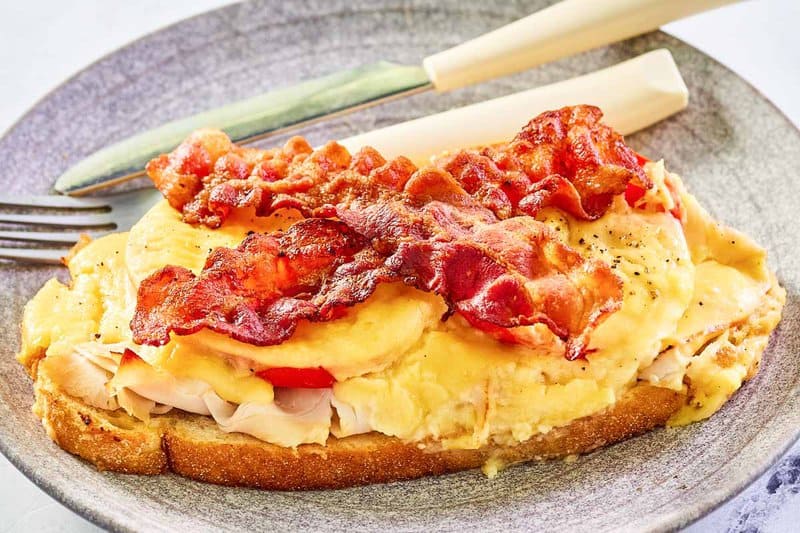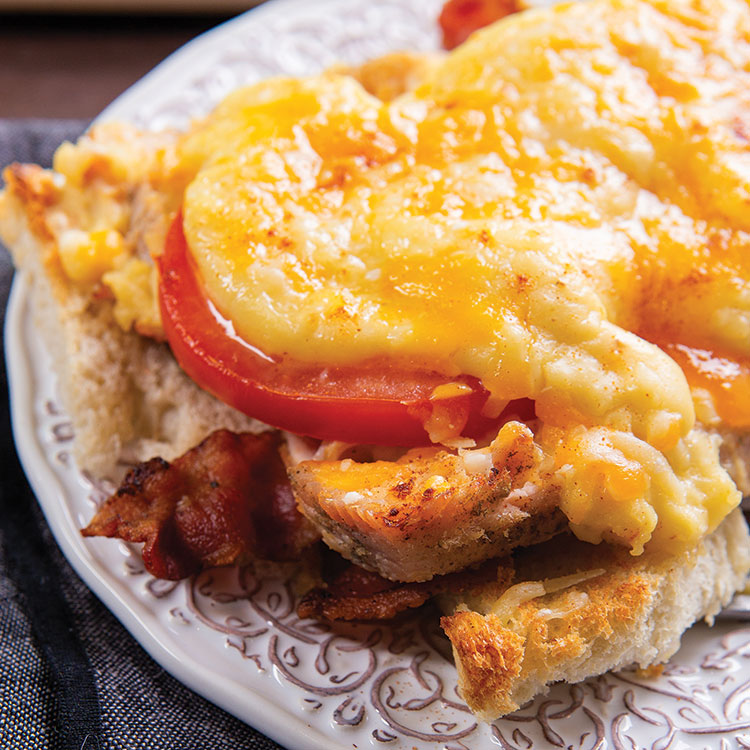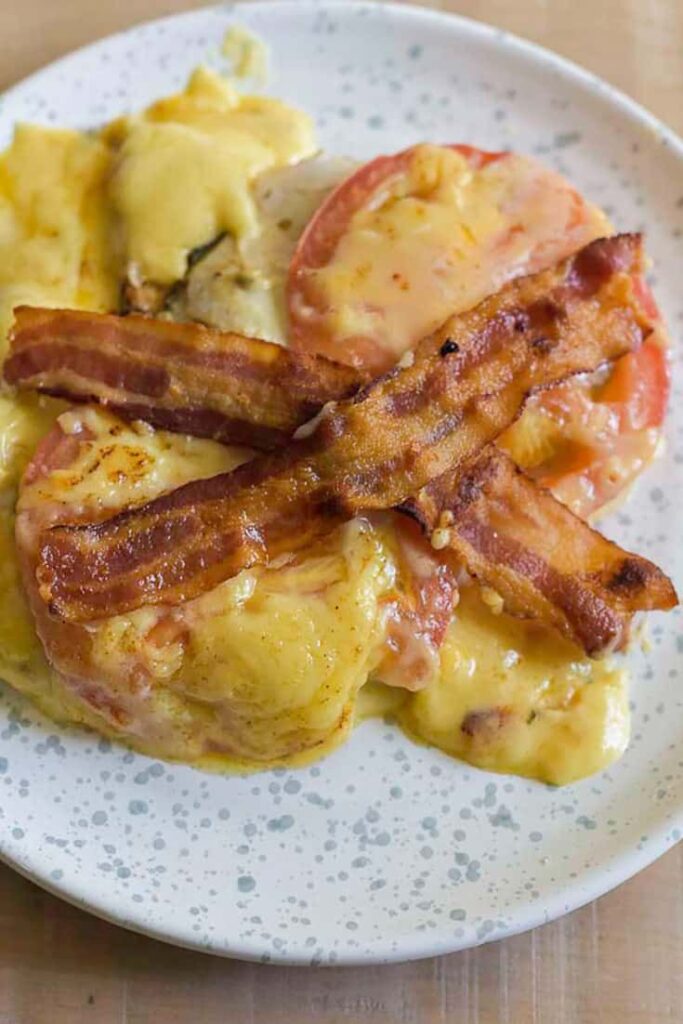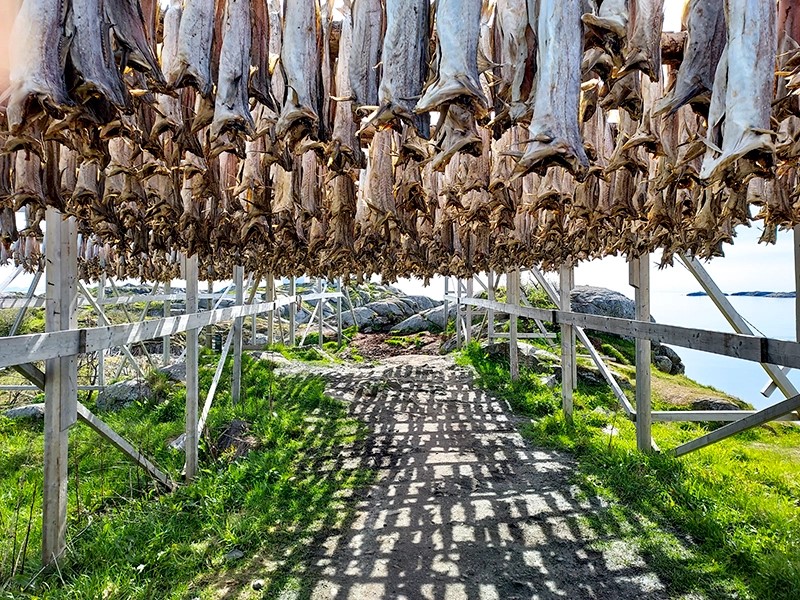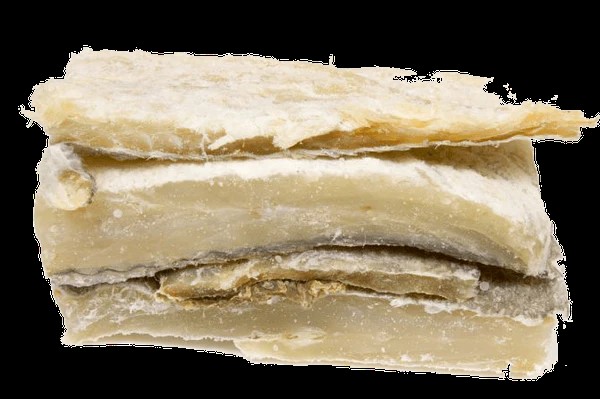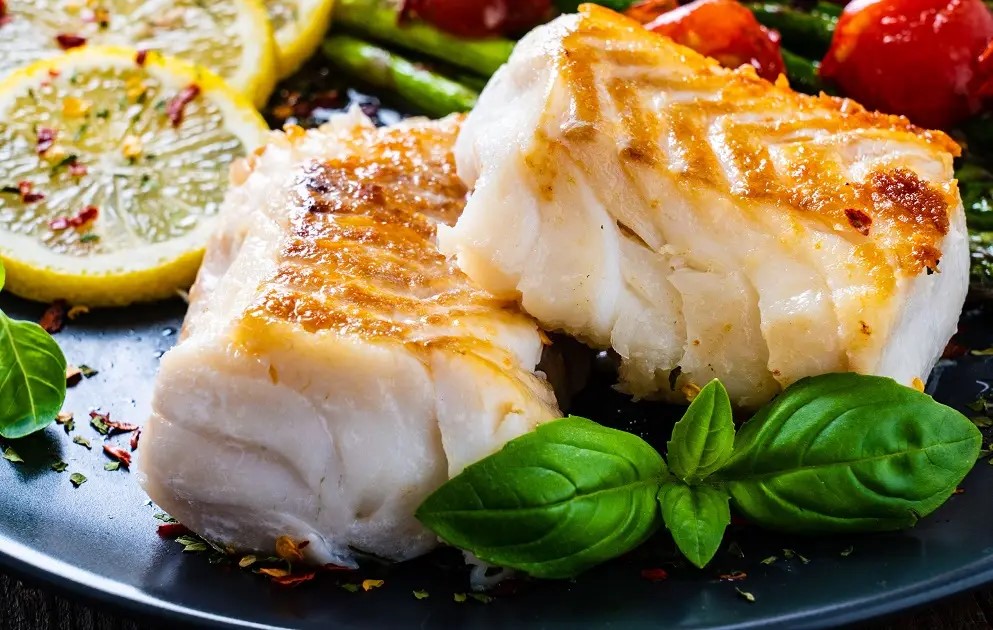The other day the Dude of Food discovered he had extra ground turkey in the fridge and wondered what to make. A quick online search brought his eyes to a site where he witnessed this delicious looking photo for a ground turkey pasta recipe and decided to follow up on it. It turns out the alluring photo was a creation from a food blog titled Krolls Korner.
https://krollskorner.com/recipes/dinner/easy-shell-pasta-ground-turkey
A big thanks goes out to site creator, registered dietitian, nutritionist and chef Tawnie Graham who shares this recipe with us so we can all learn to easily create this spectacular looking and delicious dish in our kitchens at home.
Before ya’ll get started you’ll need the following items.
INGREDIENTS:
16 oz medium shell pasta
1 lb ground turkey
4 Tbsp olive oil
4 cloves minced garlic
1/2 large red bell pepper, diced small
6 white mushrooms, sliced thin
1/2 large diced white onion
2 tsp salt
1 tsp pepper
1.5 tsp Italian seasoning
3 Tbsp all purpose flour
2.5 cups beef or chicken broth
1 15oz can tomato sauce
1 cup heavy cream
2/3 cup freshly grated Parmesan cheeseBegin cooking the ground turkey until no longer pink.
Add some salt & pepper and when the pink is gone, pull from heat, put in bowl and set aside.
I usually cover my set aside foods as they wait their turn in the mix.
Next add oil and sauté garlic, red bell pepper, white mushrooms, white onion, salt, pepper and Italian seasoning. (about 5 minutes, stir occasionally)
Whisk in flour until mixed.
Add broth and tomato sauce.
When it begins to simmer add cooked ground turkey to the mix.
When heated add cooked pasta, heavy cream and parmesan cheese.
Stir and let thicken.
The choice of pasta shape is yours.
Slowly add salt to desired taste. Remember you can always add more but it’s tricky to reduce.
Some sharp white cheddar cheese might also be a nice addition. Other seasonings that could make a great addition include fennel seed, red pepper chili flakes, dried oregano, fresh basil or even a pinch of cayenne.
In cleaning up this article I’ll finish by saying, this dish was incredible. By following chef Tawnie’s directions, barring a couple minor tweeks of my own, it was easy to create this dish. If remembering correctly, I used beef broth and didn’t add any mushrooms or red bell pepper and it was still delicious. Unfortunately I forgot to take a photo of this beautiful pasta dish I created before it was eaten. Give this recipe a try and enjoy.
Thank you Tawnie G. It is a strange phenomenon but for some reason, the fact that you have food titles made the Dude of Food want to trust this recipe more.
Bon Apettit, the Dude of Food
